While we are all adjusting to new precautions as we start to understand how serious the COVID-19 coronavirus is, we also need to be concerned about how to minimize the toll that such precautions will have on our most economically vulnerable citizens. A country with the levels of racial and income inequality that we have here needs to be very proactive in preventing worst case financial, health, and hunger outcomes for poor and low-income Americans.
As in any pandemic, the first concern is always how to stop the spread of the disease. Our infectious disease experts are recommending a range of steps that, if applied consistently and quickly, could shorten the duration and depth of the COVID-19 contagion.
But our protection measures cannot stop at the medical front. COVID-19 has brutally uncovered the web of neglect that faces poor and low-income families throughout the United States.
While a New York Times piece today made a number of important points about the health vulnerability of our most disadvantaged populations, what I want to focus on here is the types of emergency financial, diagnostic, and food security measures we need to put into effect immediately to support our poor and low income families.
We now know that beyond testing for the virus and practicing basic personal hygiene, social distancing is required to prevent the spread of the disease. But what I have found most disturbing about social distancing recommendations and decrees is that they seem to assume a certain basic level of affluence. That assumption is mimicked in recent plans for drive-through diagnostics and recommendations to drastically reduce public transit service.
Closing down bars, restaurants, movie theaters, and gyms obviously has economic impacts for those businesses and for the people whose income is dependent on the jobs in those businesses. With such closures likely to increase and last for a considerable amount of time, we need to be thinking about emergency measures that prevent our most economically vulnerable neighbors from financial ruin, health emergencies, and hunger.
Beyond the existing social safety net infrastructure and the provisions in the Families First Act, here are a few steps that need be taken immediately:
- A nationwide moratorium on cutting utilities should be enacted, including cell phone service for non-payment. Some states are putting this in place now, but it needs to be uniform across the country.
- Moratoriums on evictions, vehicle repossessions, and a longer grace period for the start of foreclosures. Any one of these events can spell a lifetime of disaster for poor or low-income families who are least likely to have deep emergency savings.
- Credit bureaus should be instructed to restrict negative entries to credit reports to seriously delinquent unsecured credit only, not delinquencies of mortgages and other secured credit. This should be a lesson we learned from the way consumers were penalized for the economic crash during the Great Recession.
- Payday lenders should be prohibited from adding interest to delinquent loans. It is obvious that payday lenders should be restricted in their ability to be more rapacious than they already are.
- Internet providers should be encouraged with tax incentives to provide free basic internet to poor and low-income households. This will be especially important if public libraries close and if cafes and schools remain closed for months.
- Current plans to distribute free breakfast and lunches to low income students at school buildings should be augmented financially and logistically to distribute food for family breakfast and lunches. As we saw during the Great Recession a decade ago, when unemployment increases rapidly, there are lots of families whose food needs are not served by the social safety net.
- Plans should be quickly made to increase mobile food distribution and mobile virus testing, especially for rural communities and urban areas where public transit is becoming more limited.
- We should be thinking now about how to repurpose empty but safe buildings into temporary medical isolation units. This becomes important for containing the spread of the virus particularly in areas where low cost housing is also high-density housing.
- And finally, public authorities should be reaching out to faith leaders to ensure that they have the latest and most accurate information about the virus, precautions, and resources that they can use to advise their congregants.
While we have to prioritize slowing the spread of COVID-19, we also need to be real about the dire financial, health, and hunger impact these containment measures could have on our neighbors with fewest resources. Let’s move now, while that nightmare remains unrealized.

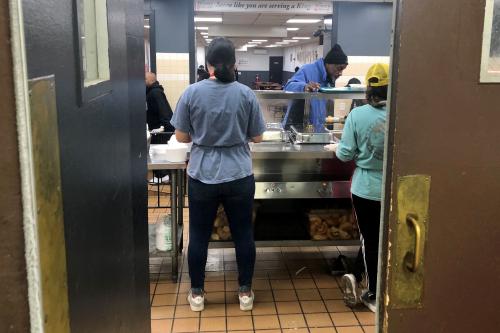
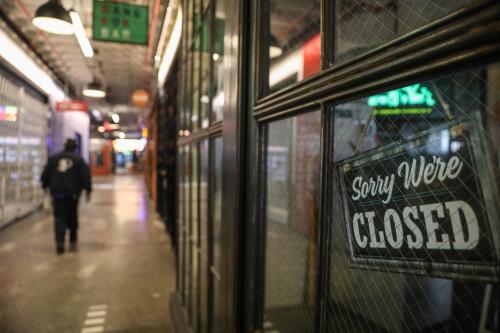
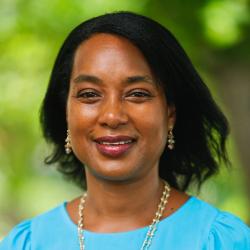
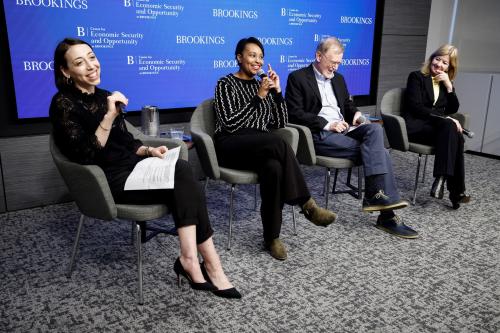
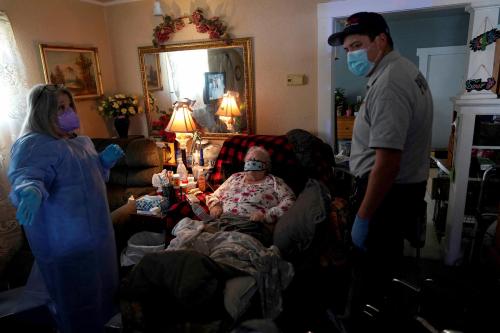
Commentary
Protecting our most economically vulnerable neighbors during the COVID-19 outbreak
March 16, 2020